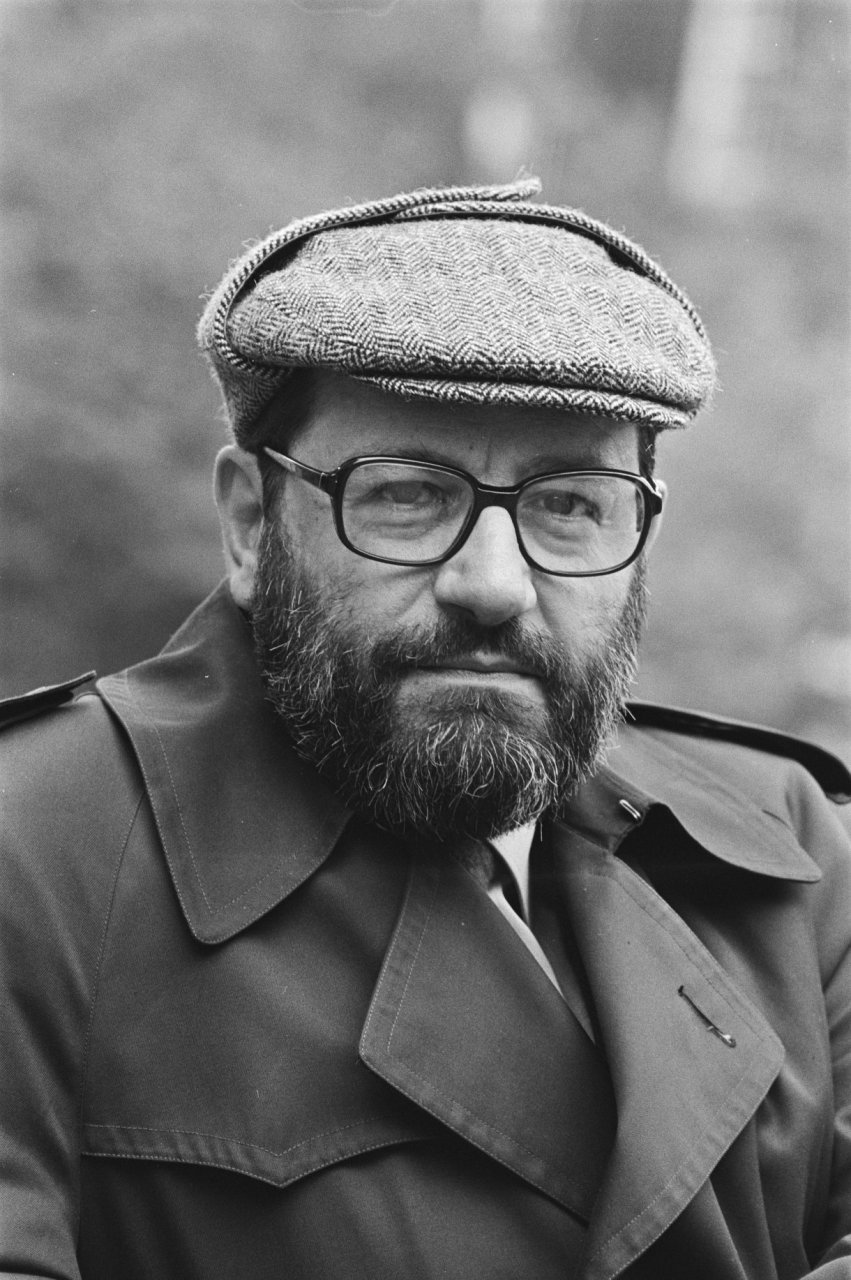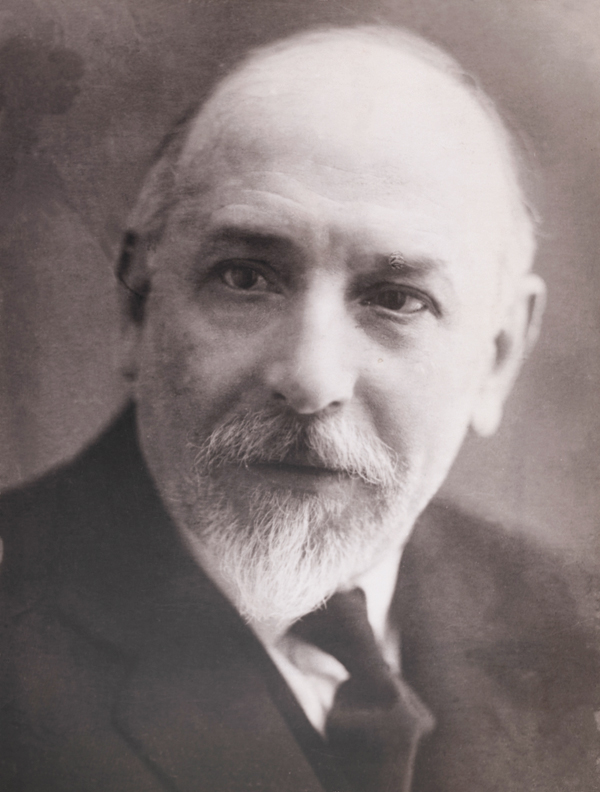Italian literature includes many masterpieces written since the early 1200’s. It has also promoted important cultural movements that have had lasting impact on other national literatures. Italian did not become a common national language until after 1870. However, a distinctive characteristic of Italian literature is the uniformity of its language throughout its long history. This uniformity occurred because three great Italian writers of the 1300’s—Dante Alighieri, Petrarch, and Giovanni Boccaccio—wrote in a language based on the Tuscan dialect spoken in Florence. Their language and their works were imitated for many centuries, even while Italians used many spoken dialects.

The Middle Ages
Scholars agree in dating the beginning of Italian literature to 1225, when Saint Francis of Assisi wrote his “Canticle of the Sun.” This poem was the first important Italian literary composition to be written in the vernacular—that is, the language used in everyday speech—instead of in Latin. “Canticle” was also a work that expressed the religious feeling of the masses. Therefore, it is considered the first “Italian voice” in literature.
Another Italian voice originated in Sicily. At the court of Emperor Frederick II, who ruled at Palermo during the first half of the 1200’s, many intellectuals and poets gathered. These poets became known as the Sicilian School, and wrote in a refined Sicilian dialect. Their poems imitated the love poems of the early troubadours. These poets also created new forms of poetry, such as the sonnet.
The Sicilian School ceased to exist with the end of the Sicilian court, which occurred at the death of Manfredi, the son of the Emperor Frederick II, in 1226. However, by then, Sicilian poetry had been widely imitated in Tuscany. There, Guittone d’Arezzo won acclaim for the realistic yet obscure language of his love poetry. His artistic leadership was opposed by the poet Guido Guinizelli of Bologna. Guinizelli is considered the founder of the Dolce stil nuovo (sweet new style), a school that added a philosophical dimension to traditional love poetry. Poets in this school viewed women as angelic creatures and love as the source of virtue. This new understanding of love, expressed in a smooth, pure style, influenced some Florentine poets, especially Guido Cavalcanti and the young Dante Alighieri. Dante’s The Divine Comedy (1321), one of the greatest poetic achievements of all time, helped create the Italian literary language.
Humanism and the Renaissance
New ideas and attitudes in Italian literature were promoted by Petrarch in the mid-1300’s. He helped found humanism, a movement to revive classical cultures and to emphasize the importance of individuality (see Humanism). Petrarch wrote most of his works in Latin. But in Canzoniere (Book of Songs), a collection of poems in Italian, Petrarch wrote of his love for a woman called Laura in a language so beautiful that it served as a model for many centuries.
Petrarch’s close friend Giovanni Boccaccio also wrote some works in Latin. However, he wrote his masterpiece, the Decameron (about 1349-1353), in Italian. This collection of 100 short stories depicts characters and scenes of his day with great realism and humor.
Humanistic literature in Latin overshadowed literature in Italian until the second half of the 1400’s. The revival of literature in the vernacular centered in Florence. There, a brilliant group of writers gathered at the court of poet and statesman Lorenzo de’ Medici. These writers included Angelo Poliziano, whose Stanzas for the Joust blended the classical and vernacular traditions. Humorist Luigi Pulci ridiculed the heroic poems of his time in his mock epic Il Morgante Maggiore (1478, 1483).
Important literary activity also took place in other parts of Italy. Matteo Maria Boiardo, serving at the northern court of Ferrara, wrote the unfinished chivalry poem Orlando innamorato (1487), which combined epic and courtly traditions. In Naples, Jacopo Sannazaro wrote Arcadia (1501-1504). This work combined pastoral and prose poetry and influenced many European authors (see Poetry (Renaissance poetry)).
Although the humanistic trend continued in the early 1500’s, literature in the vernacular became increasingly important. Niccolò Machiavelli’s The Prince (written in 1513 and published in 1532) is one of the world’s most famous essays on political science. Another important work of the period, Ludovico Ariosto’s Orlando furioso (1516, revised in 1521 and 1532), is perhaps the greatest chivalry poem ever written. It continues the plot of Boiardo’s Orlando innamorato, but is full of ironic overtones. Baldassare Castiglione’s dialogue The Book of the Courtier (completed about 1518 and published in 1528) describes the ideal of the perfect court gentleman and of spiritual beauty.
During the early 1500’s, Italian writers began to base their language on the language of Petrarch and Boccaccio. This development occurred largely because of the theoretical and creative works of Pietro Bembo. Petrarch’s poetry served as the model for many lyrics about spiritual love.
By the mid-1500’s, a renewal movement in the Roman Catholic Church known as the Counter Reformation generated changes in the arts (see Counter Reformation). The Renaissance ideal of harmony was replaced by exaggerated attention to formal features, producing a style known as mannerism. The reintroduction in Italy of the Poetics by the ancient Greek philosopher Aristotle kindled a debate over the nature of literature. The debate provided the basis for modern literary criticism, with its idea of art imitating reality. History, Christian values, and the supernatural influenced Torquato Tasso’s epic Jerusalem Delivered (completed in 1575 and published in 1581). Italian drama also developed during the 1500’s, notably commedia dell’arte—a comedy based on improvisation.
The Baroque period and the Enlightenment
By the 1600’s, the religious and political situations in Italy had helped cause a decline in the quality of literature. France and Spain sought control of Italy, and the crisis became evident in the Baroque period of the 1600’s, during which Italy lost its cultural leadership of Europe. Some literary masterpieces were created, such as Giambattista Marino’s long mythological poem, Adonis (1623). The Baroque period also produced the clear scientific prose of Galileo as well as Tommaso Campanella’s The City of the Sun (1623), a description of a perfect society ruled by a philosopher-priest.
During a period in the 1700’s called the Enlightenment, there was a rebellion against Baroque literature. The rebels, active during the first half of the 1700’s, gathered around an academy in Rome called Arcadia. They preferred a plain style in both poetry and prose in the attempt to revive classical models. Pietro Metastasio adapted classical themes to suit current taste in the librettos (words) he wrote for operas. As the 1700’s progressed, Rationalism and Realism became prominent. Carlo Goldoni replaced commedia dell’arte with fully written plays. In many works, such as The Mistress of the Inn (1753), he depicted the middle class. Vittorio Alfieri restored classical tragedy in Saul (1782) and other works. Cesare Beccaria wrote On Crimes and Punishments (1764), which spoke out against torture and the death penalty. Giuseppe Parini’s unfinished poem The Day (1763-1765) satirized the empty days of a nobleman.
In the late 1700’s, a desire for balance between reason and tradition led to the development of Neoclassicism. The major Neoclassical writer was Ugo Foscolo.
Romanticism
Romanticism was a movement that elevated sentiment over reason, national history over mythology, and individualism over universalism. Italian writers embraced Romanticism in the early 1800’s. The movement coincided with some ideas of the Risorgimento, the patriotic movement that brought Italy political unity and freedom from foreign domination. The Betrothed (1827, 1840-1842) by Alessandro Manzoni, the leading Italian Romantic, was the first Italian historical novel to glorify Christian values of justice and Providence. Manzoni’s tragedies The Count of Carmagnola (1820) and Adelchi (1822) were the first plays in Europe to break away from classical principles. One of the era’s foremost poets, Giacomo Leopardi, wrote Songs (1836), expressing a deeply pessimistic view of humanity and human nature.
The unification of Italy in 1870 brought social unrest and political turmoil to the nation. Literary responses to the situation either recalled Italy’s past glories or tried to make the new Italy understandable. The first response came from the poet Giosue Carducci. He showed disdain for the sentimentality of Romanticism. Instead, he favored a classical glorification of patriotic values. The second response came as a realistic movement in fiction known in Italy as verismo. This movement described as objectively as possible the life and the passion of the poor and the displaced. Giovanni Verga, the most distinguished verismo writer, portrayed Sicilian peasants and fishermen in The House by the Medlar Tree (1881). Gabriele D’Annunzio followed Carducci in celebrating historical values. Giovanni Pascoli wrote poetry with mystic overtones that influenced much later poetry.
The 1900’s
A movement called Futurism influenced Italian literature in the early 1900’s. Filippo Tommaso Marinetti wrote The Manifesto of Futurism (1909). It called for the use of language and metaphors that glorified the speed, dynamism, and violence of the machine age. Luigi Pirandello wrote novels and plays that focused on such themes as problems of personal identity and the absurdity of reality. These themes are also found in the fiction of Italo Svevo. The same themes, along with philosophical pessimism, appear in the works of poets Eugenio Montale, the major Italian poet of the 1900’s; Salvatore Quasimodo; and Giuseppe Ungaretti.

For about 20 years after World War II ended in 1945, Italian writers tried to reconstruct the country’s literature in a realistic style that became known as Neorealism. The novelist Alberto Moravia was the leader of the postwar authors. This group of writers included fiction writers Cesare Pavese, Vasco Pratolini, and Elio Vittorini.
Later, much experimentation took place among Italian writers. These experimental authors include the novelist Emilio Gadda and the poet Pier Paolo Pasolini. Other important authors of the late 1900’s included the novelists Italo Calvino and Umberto Eco and the playwright Dario Fo, who won the 1997 Nobel Prize in literature.
